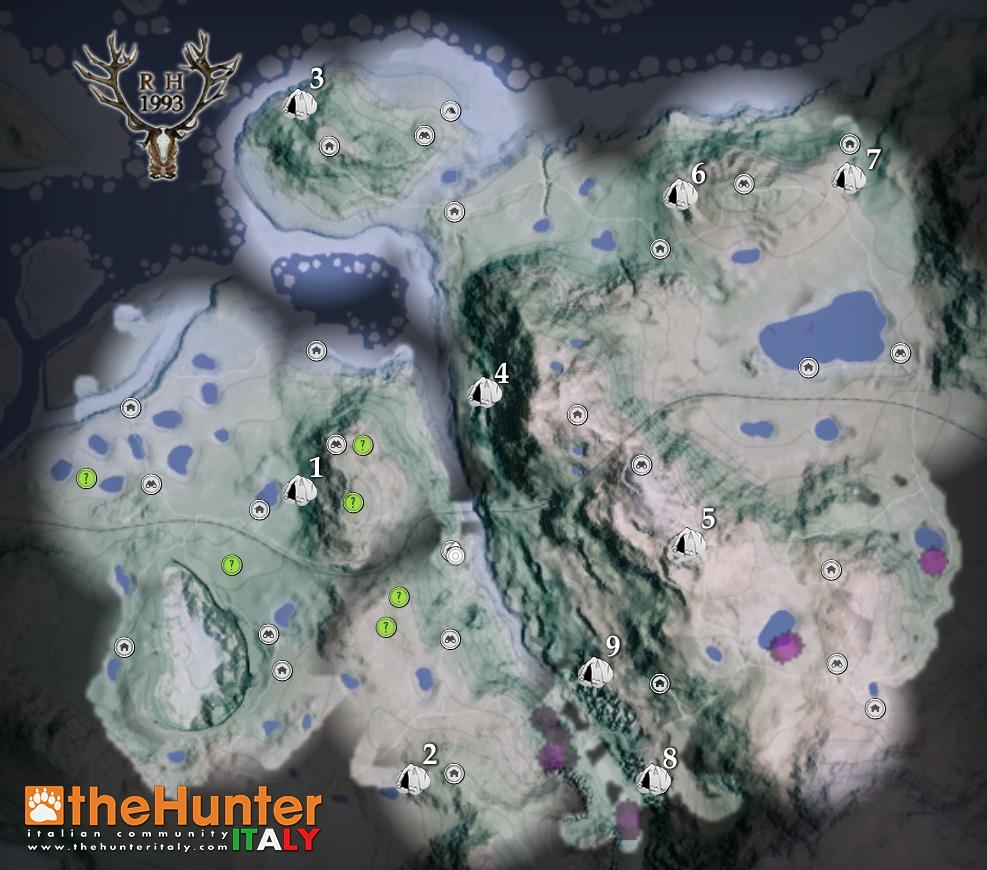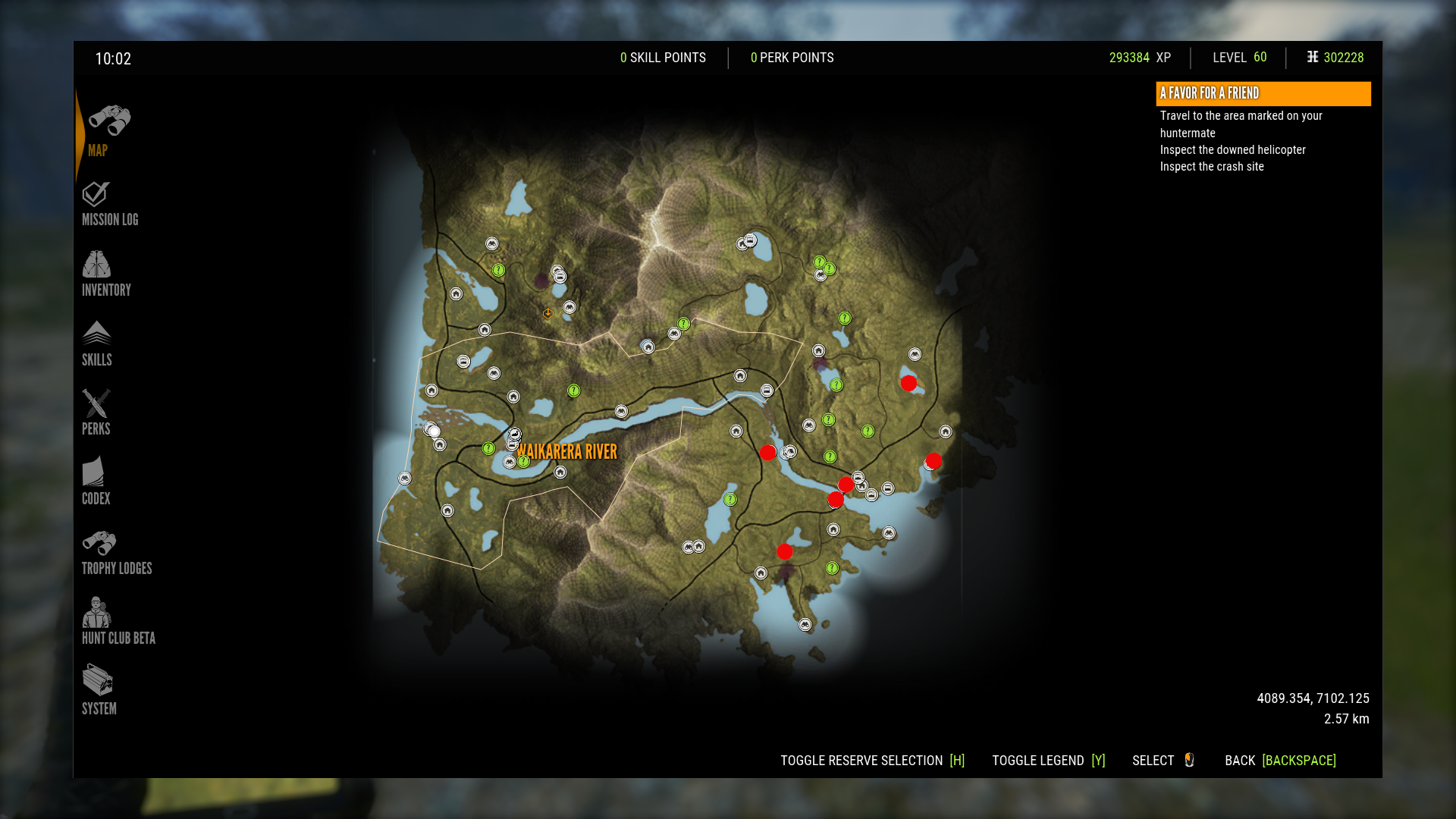

However, geographic distribution of bushmeat activities in rural areas remains insufficiently documented ( 11). For instance, Ebola virus spillover events and subsequent outbreaks in the Congo Basin have been traced back to hunters who were exposed to ape carcasses ( 7, 8).īushmeat remains a staple source of protein among low-economic rural communities, where alternative proteins can be scarce ( 9, 10). Bushmeat activities provide opportunities for repeated pathogen transmission between animals and humans, leading to outbreaks, epidemics, and pandemics ( 5, 6). Hunting, preparing, and selling bushmeat (hereafter referred to as bushmeat activities) has been associated with high risk for zoonotic pathogen spillover due to contact with infectious materials from animals. However, >70% of zoonotic disease spillover events have been associated with wildlife and bushmeat ( 3, 4). Terrestrial wild mammals represent just 1.8% (≈0.003 gigatons of carbon ) of the global biomass of mammals (≈0.17 GtC) but are vastly outweighed by the biomass of domestic mammals raised for food (≈0.1 GtC) ( 2). These findings could help prioritize future surveillance of bushmeat activities and forecast emerging zoonoses at a global scale.īushmeat or wild meat refers to the meat of terrestrial wild mammals hunted primarily for human consumption in tropical and subtropical regions ( 1). The model showed that mammal species richness and deforestation were principal drivers of the geographic distribution of bushmeat activities and that countries in West and Central Africa had the highest proportion of land area associated with bushmeat activities. The resulting map had high predictive capacity for bushmeat activities (true skill statistic = 0.94). We used geospatial models that combined published data on bushmeat activities and ecologic and demographic drivers to map the distribution of bushmeat activities in rural regions globally.


However, such assessments could help prioritize pandemic prevention and preparedness efforts.

Despite associations with global epidemics of severe illnesses, such as Ebola and mpox, quantitative assessments of bushmeat activities are lacking. Human populations that hunt, butcher, and sell bushmeat (bushmeat activities) are at increased risk for zoonotic pathogen spillover.


 0 kommentar(er)
0 kommentar(er)
